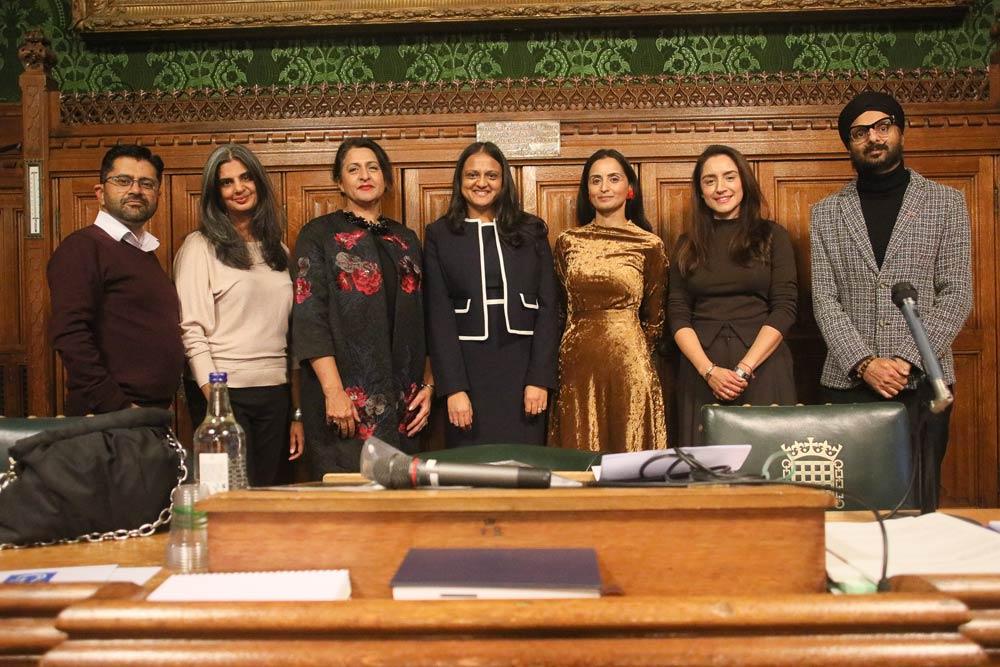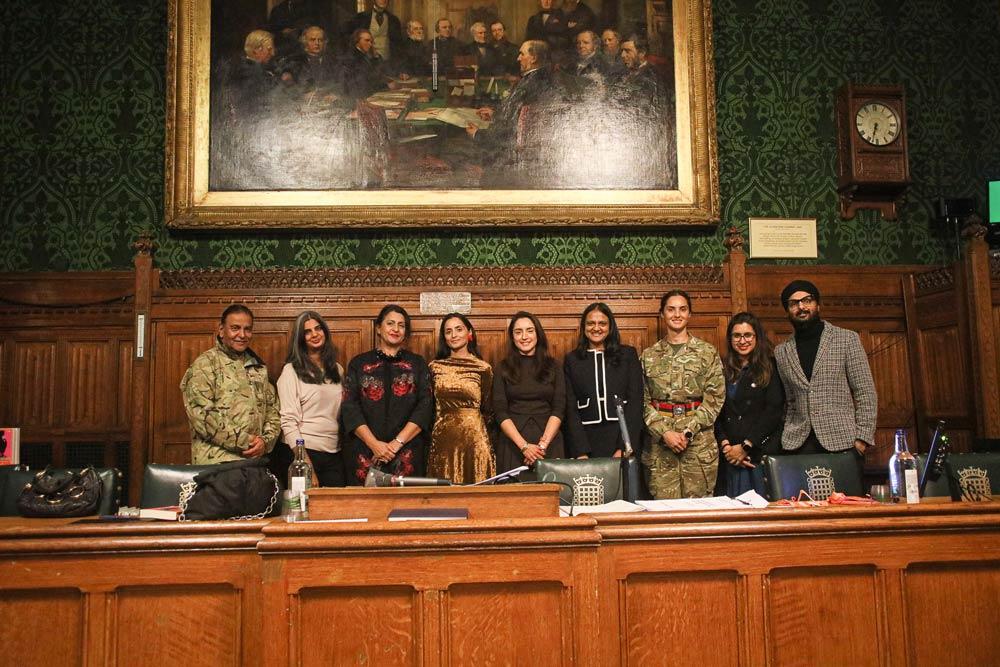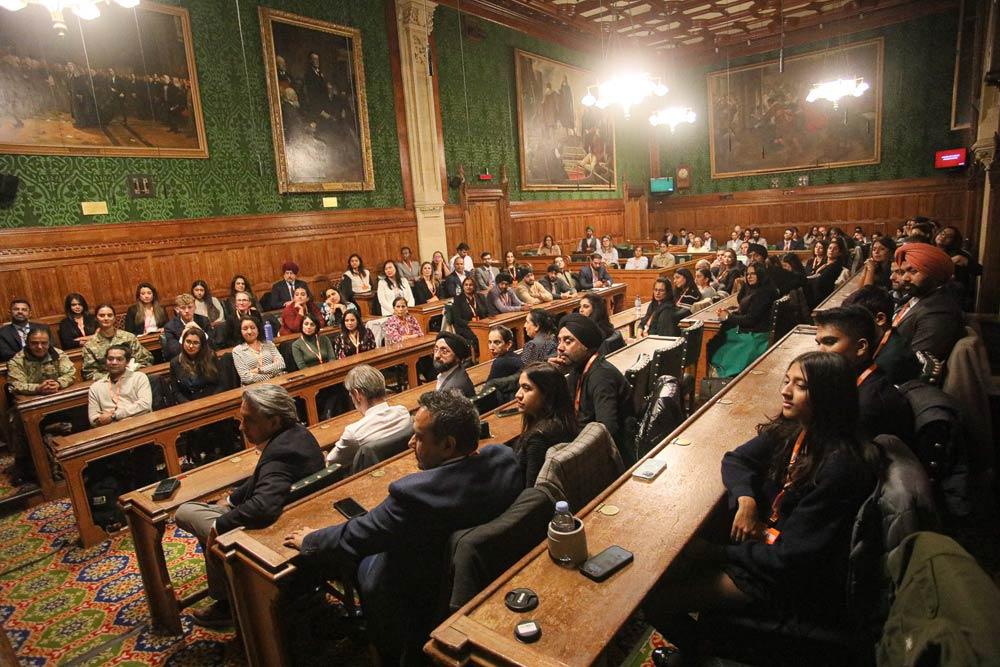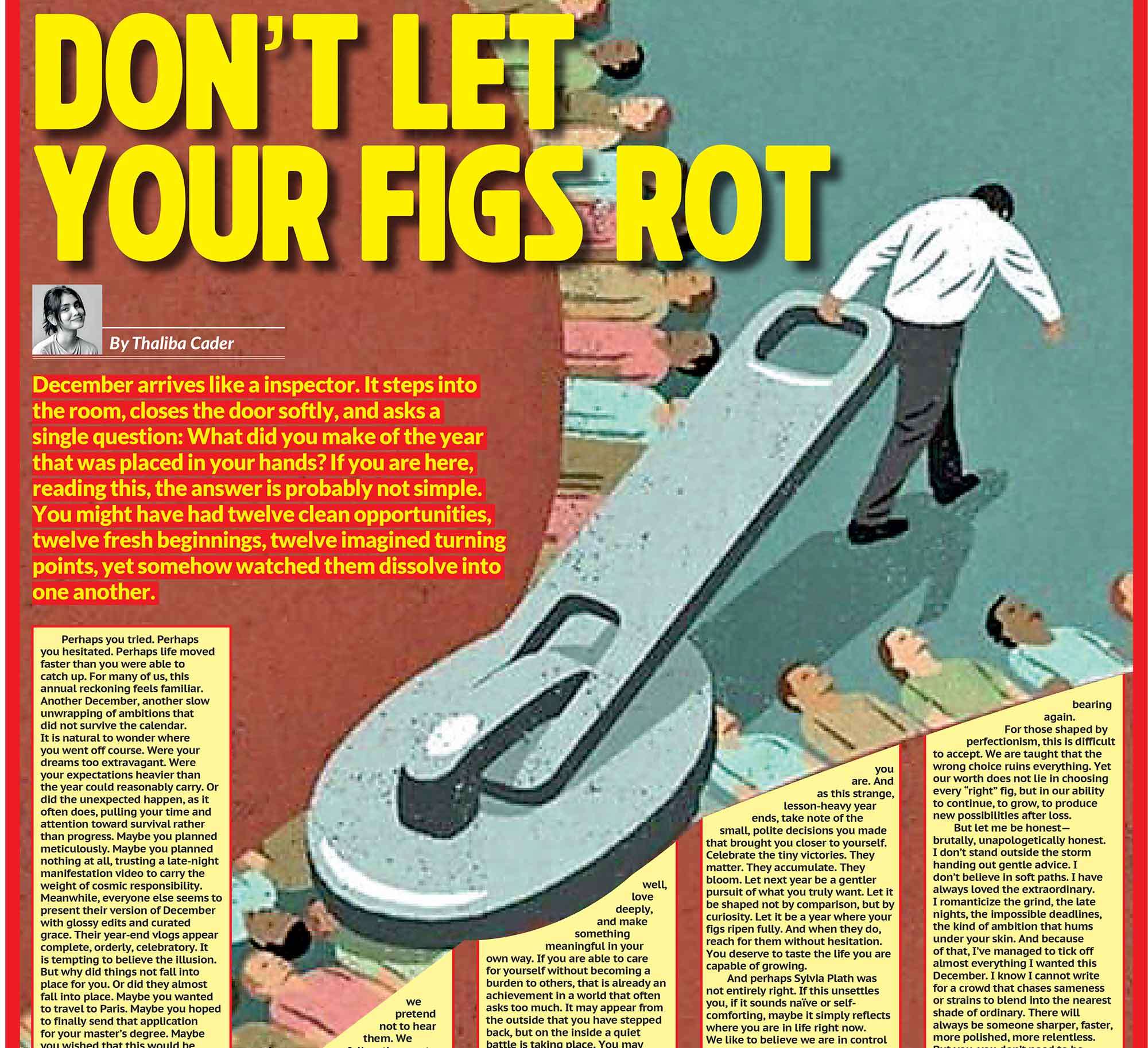

THE PR INSIDER BY FARZANA BADUEL

A Room Where Power Felt Different
In the grand committee rooms of the British Parliament, under the portraits of old white men and centuries of history, I sat among women who embodied a new kind of leadership. The event, ‘Inspirational Journeys of Leadership and Impact in Business and Society,’ brought together voices from law, business, and the creative industries. It was hosted by the Association of Asian Women Lawyers, City Sikhs, City Hindus Network, the India League, and the UK Department for Business and Trade’s Global Entrepreneur Programme. I was honoured to be invited as a panellist speaker. We spoke about the courage to lead, the humility to listen, and the power of telling one’s story. Beside me were Preethi Nair, who left the corporate world to become a bestselling novelist; Jaswant Narwal, who has spent three decades shaping justice in Britain; and Sonia Sharma, a senior partner at one of the world’s largest professional services firms. Yet this was more than a panel discussion. It was a mirror reflecting the seismic shift in what leadership now means, not dominance, but service. Not command, but connection.
South Asia’s Unlikely Legacy of Female Power
When the world speaks of women’s leadership, South Asia often surprises. This is the region that gave the world its first female prime minister, Sirimavo Bandaranaike, who became Sri Lanka’s leader in 1960. Only six years later, Indira Gandhi rose to power in India. Then came Benazir Bhutto in Pakistan, Khaleda Zia and Sheikh Hasina in Bangladesh. Decades before many Western nations had even elected a woman to their top office, South Asia had built a gallery of female heads of government. These leaders were not symbols of tokenism. They navigated wars, famine, reconstruction, and social upheaval. They showed that women could not only inherit political legacies, but they could also transform them. And yet, six decades later, the paradox remains. The region that once produced so many women prime ministers now struggles to bring women into mainstream political and economic power. Across South Asia, women hold less parliamentary seats, compared to the global average of 27 percent. In business, the numbers shrink further, fewer in executive roles due to the low 32% female labour force participation with only 32% as of 2023. Research shows that raising female labour force participation rates in the region to those of men would increase regional GDP by up to 51 percent. This isn’t just a statistic; it’s a silent economic crisis. Studies by McKinsey show that closing the gender gap in the workplace could add $12 trillion to global GDP by 2030, an economic surge larger than the output of China’s entire manufacturing sector.
The Unseen Barriers
But progress does not unfold on a frictionless path. Misogyny, both external and internalised, continues to shape our professional realities. External misogyny is easy to identify; pay gaps, glass ceilings, double standards. Internalised misogyny is harder to name because it hides inside our own self-doubt. Studies by Hewlett-Packard found that men apply for jobs when they meet 60 percent of the listed criteria, while women apply only when they meet 100 percent. This isn’t a lack of confidence; it’s a surplus of perfectionism, a belief, quietly instilled, that we must earn our place twice over. Worse, it sometimes manifests as women holding other women to impossible standards. The late American sociologist Bell Hooks called it “patriarchy internalised,” when the oppressed learn to police themselves.
Breaking that cycle requires conscious sisterhood. True feminism is not individual ascent but collective uplift.
Why Representation Still Matters
In boardrooms and parliaments alike, representation is not symbolic, it is systemic. Research from MSCI found that companies with at least three women on their boards delivered 45 percent higher return on equity compared to those with none. Diversity, it turns out, is not just good ethics; it’s good economics. Visibility matters because it changes what others believe is possible. The phrase “if you can see it, you can be it” is not a cliché; it’s behavioural science. A 2024 Deloitte survey found that 70 percent of women under 30 cite visible female leaders as the single greatest factor influencing their career aspirations.
Leadership Is Changing
The women who once had to emulate men to succeed are now redefining the rules. We are witnessing the rise of servant leadership, where power is rooted in empathy, collaboration, and purpose. Empathy-led leaders outperform their peers in innovation, engagement, and retention. This is not soft leadership. It is strategic humanity. The boardroom is no longer a battlefield; it is an ecosystem. The leader of the future is less general and more gardener, cultivating ideas, nurturing people, pruning what no longer serves growth. When my fellow panellist Sonia Sharma spoke about resilience, she described it not as endurance but as evolution, the capacity to rise, adapt, and rebuild. Jaswant Narwal spoke of courage: the kind that demands you challenge systems from within. Preethi Nair reminded us that authenticity is not a slogan; it’s a strategy. Women have long been told to “lean in.” But the next chapter is about “leading out,” leading from within our values and reaching outward with empathy.
When Sri Lankan girls see women running companies, negotiating peace deals, or chairing international institutions, something subtle but seismic happens, imagination expands. And imagination, once expanded, never returns to its original size. The new generation of women leaders are not waiting for permission. What distinguishes this emerging generation is not their ambition but their awareness. They see leadership as service, not status. Their metric is not just growth but contribution. When I spoke about the importance of personal branding in leadership, I wasn’t talking about social media aesthetics. I was talking about integrity, aligning what you stand for with what you deliver. Your personal brand is the reputation you earn when no one is in the room to defend you. It’s the clarity that lets others advocate for your strengths. When women articulate their purpose, they make space for others to find theirs.
What Can We Do Next to Unlock the Women Dividend
The opportunity lies in moving from presence to power, from having women in the system to having women shape the system. Three strategies can accelerate that journey:
- Design the pipeline, don’t wait for it. Companies and ministries should formalise sponsorship programmes that identify talented women early, pair them with senior mentors, and measure progress transparently.
- Invest in care infrastructure. Affordable childcare, flexible work, and safe transport are not “women’s issues.” They are national growth policies.
- Tell our stories. Visibility isn’t vanity; it’s validation. Every story of a Sri Lankan woman who led with integrity, adds a brick to the road for those who follow.
Leadership in this century is less about command and more about communion. It’s about leaders who can balance reason with empathy, profit with purpose, ambition with humility. In short, it’s about reclaiming the very traits once dismissed as “feminine” and proving they are, in fact, the foundation of modern leadership. The world is not suffering from a lack of leaders. It is suffering from a lack of human ones.
As the evening at the Houses of Parliament drew to a close, I looked around the room, at women who had rewritten laws, led companies, and reshaped narratives. I thought about how far we have come from a time when women could neither vote nor work freely, and how each generation has carried the baton a little further. I reflected on my own journey and recognised that many of my successes were made possible by a husband who shared the home and caring responsibilities, a true partner in every sense. When men champion the women in their lives, their wives, daughters, sisters, friends, and colleagues, the world moves closer to its full potential. My hope is that the next generation of South Asian women will no longer be described as “trailblazers.” They will simply be leaders. Because when women lead, nations rise.
About The Writer
Farzana Baduel, President-elect (2026) of the Chartered Institute of Public Relations and CEO and Co-founder of Curzon PR (UK), is a leading specialist in global strategic communications. She advises entrepreneurs at Oxford’s Said Business School, co-founded the Asian Communications Network (UK), and serves on the boards of the Halo Trust, and Soho Theatre. Recognised on the PRWeek Power List and Provoke Media’s Innovator 25, she also co-hosts the podcast, Stories and Strategies. Farzana champions diversity, social mobility, and the power of storytelling to connect worlds.














